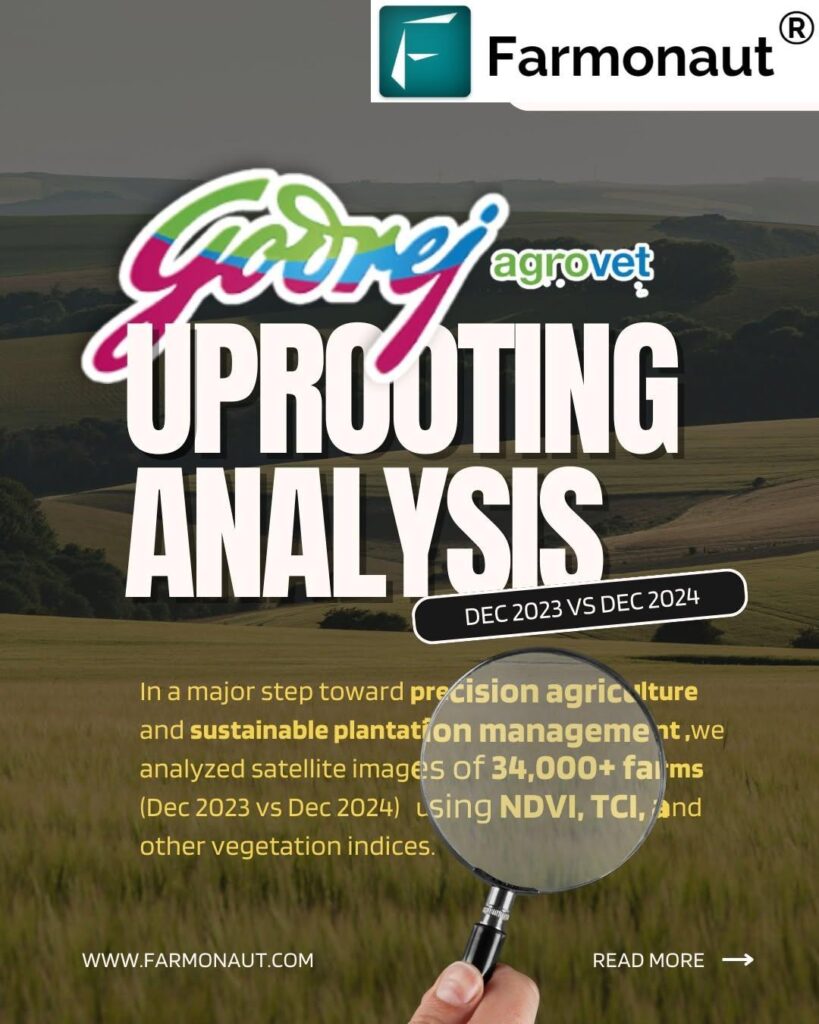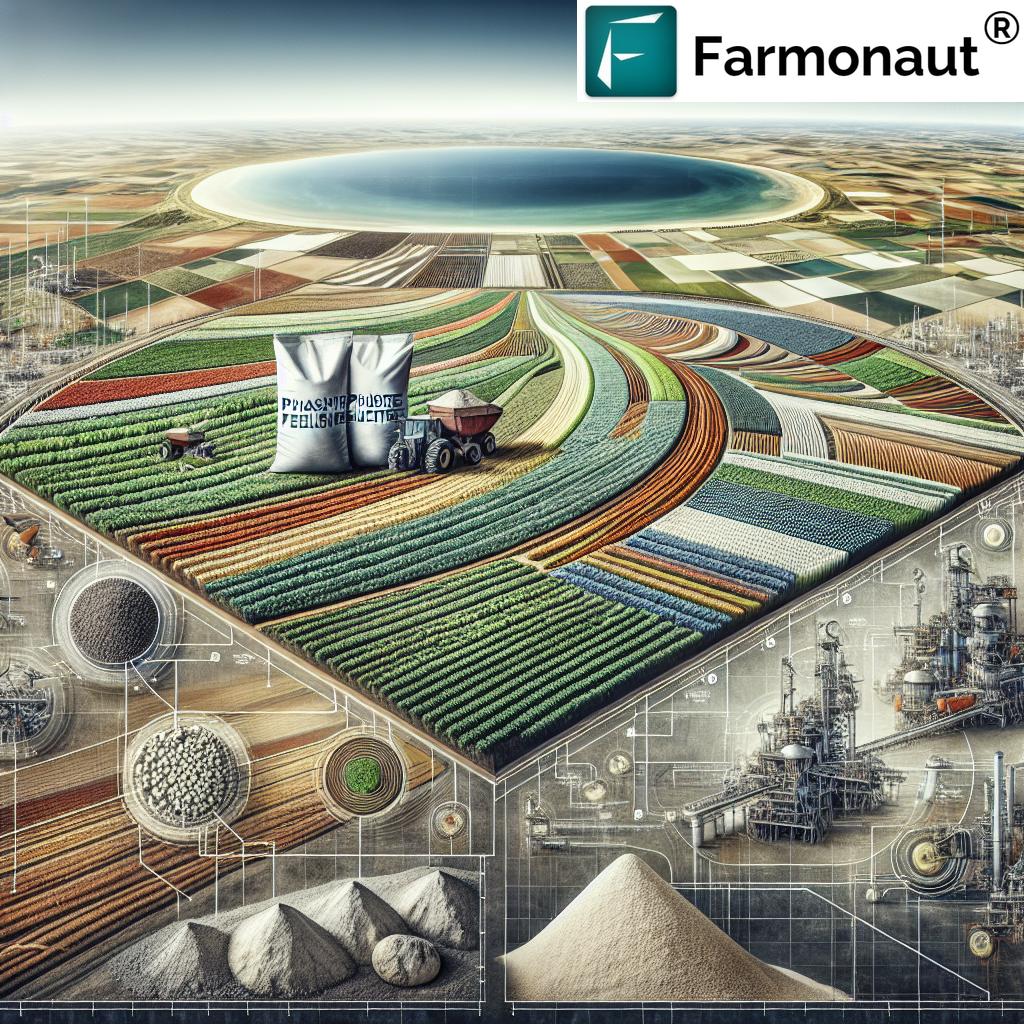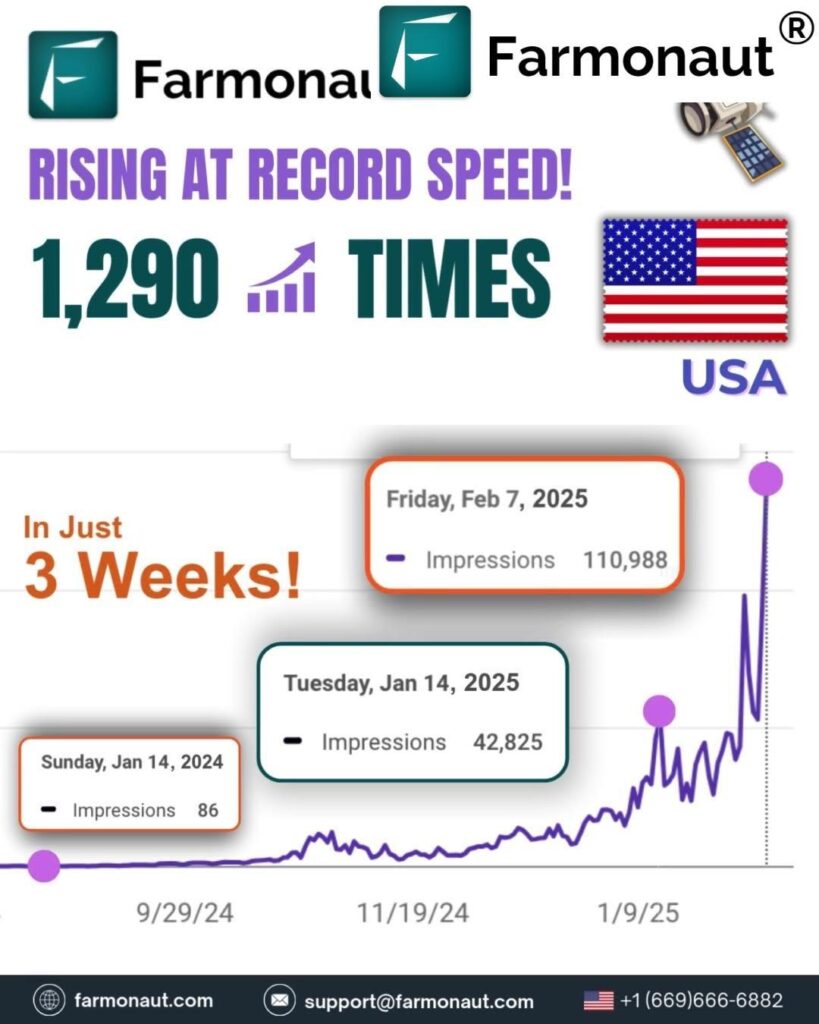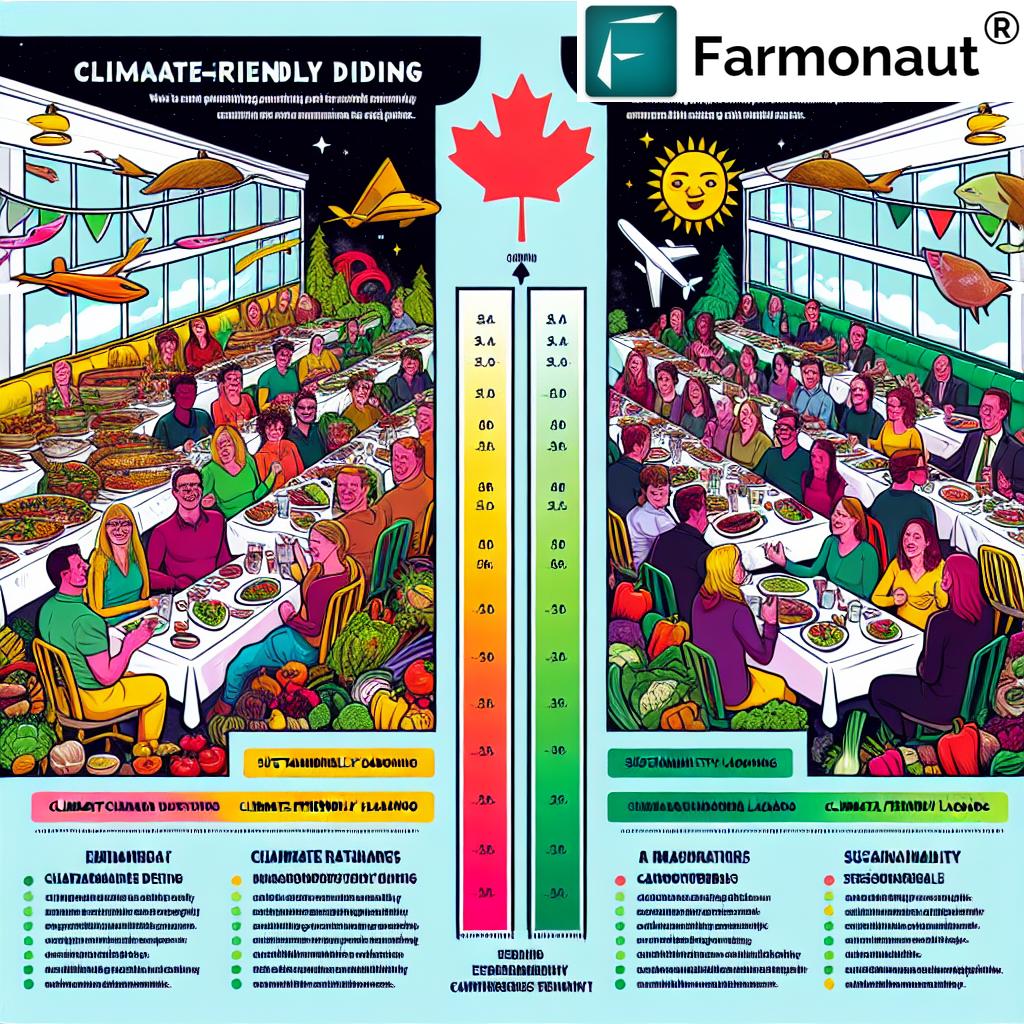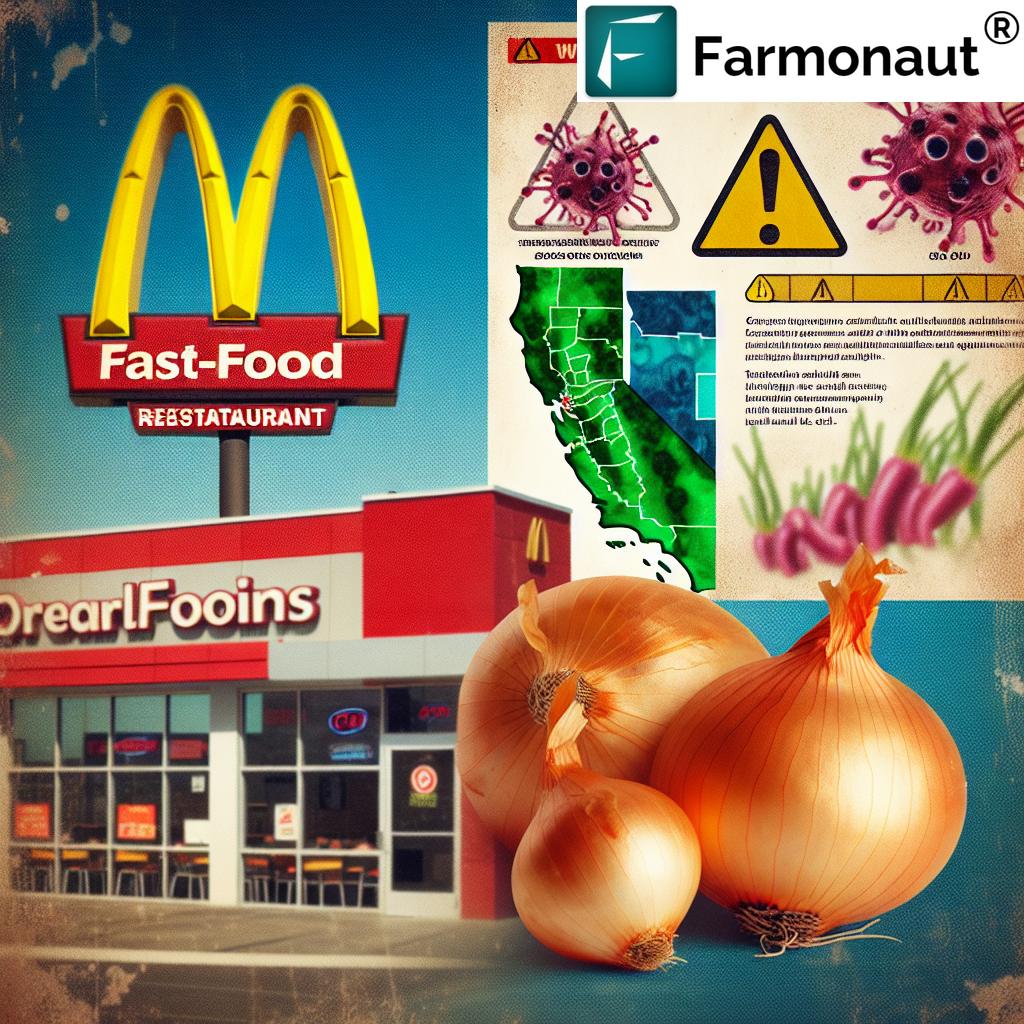Unleashing the Power: Chicago Soybean Futures Surge on U.S. Export Boom and Brazilian Planting Delays

In a dramatic turn of events, Chicago soybean futures have experienced a significant surge, driven by a combination of robust U.S. soybean export demand and notable Brazilian soybean planting delays. This development has sent ripples through the global commodity markets, particularly affecting grain futures trading.
U.S. Soybean Exports: A Catalyst for Growth
The recent uptick in Chicago soybean futures can be largely attributed to a remarkable recovery in demand for U.S. soybean shipments. According to the latest data from the U.S. Department of Agriculture (USDA), there has been a confirmation of 380,000 metric tons of U.S. soybean sales for shipment to undisclosed buyers. This surge in U.S. soybean exports has injected new life into the market, pushing prices higher.
- 380,000 metric tons of U.S. soybean sales confirmed
- Undisclosed buyers showing increased interest
- Export boom supporting higher futures prices
The most active soybean contract on the Chicago Board of Trade (CBOT) rose 0.2% to $9.82-1/2 a bushel, reflecting the positive sentiment in the market. This upward trajectory in Chicago soybean futures underscores the growing confidence among traders and investors in the soybean market’s potential.
Brazilian Planting Delays: A Double-Edged Sword
While the U.S. soybean market flourishes, Brazilian soybean planting delays have emerged as a significant factor influencing global soybean prices. According to AgRural, a respected agribusiness consultancy, Brazil’s soybean planting for the 2024/25 season had only reached 18% of the total expected area as of last Thursday. This figure, although up from 8% the previous week, still lags considerably behind last year’s 30% at the same time.

These delays in Brazil, the world’s largest soybean exporter, have several implications:
- Potential supply constraints in the global market
- Increased reliance on U.S. soybean exports
- Upward pressure on soybean prices worldwide
The situation in Brazil highlights the interconnectedness of global agricultural markets and the ripple effects that local challenges can have on global commodity market trends.
U.S. Harvest Progress: A Silver Lining
Amidst the concerns over Brazilian planting delays, the U.S. corn harvest progress report offers a more optimistic outlook. The USDA’s weekly crop progress report, released on Monday afternoon, revealed that the U.S. soybean harvest was 81% complete as of Sunday – the fastest pace seen since 2010.
Similarly, the U.S. corn harvest progress has been impressive, with 65% completion reported, surpassing the five-year average of 52%. This rapid progress in harvesting is crucial for maintaining a steady supply and meeting the growing agricultural commodity demand.
Stay updated on crop progress with Farmonaut’s satellite-based monitoring. 
Wheat Market Dynamics: A Global Perspective
While soybeans take center stage, the wheat market is experiencing its own set of dynamics. CBOT wheat prices rise slightly, with the most active wheat contract adding 0.2% to $5.73-1/4 a bushel. This uptick is partially attributed to higher prices in Russia, the world’s leading wheat exporter.
The Russian wheat export prices increase is a noteworthy development, aligning with the new indicative prices for Russian wheat published for the first time. The Grain Exporters Union in Russia has started publishing these indicative export prices, suggesting:
- $240 per ton for October (12.5% protein content FOB)
- $245 for November
- $250 for December
This pricing structure reflects the evolving nature of the global wheat market and its impact on grain futures trading.
Corn Market: A Balancing Act
In contrast to the bullish trends in soybeans and wheat, corn futures have shown a slight dip. The most active corn contract eased 0.1% to $4.09-1/4 a bushel. However, this minor setback is overshadowed by significant developments in corn exports:
- USDA confirmed 500,000 tons of corn sold to Mexico, South Korea, and other undisclosed destinations for the 2024/25 marketing year
- U.S. corn harvest progress exceeding expectations, with 65% completion reported
These factors indicate a robust corn market, despite the slight dip in futures prices.
Global Market Implications and Future Outlook
The current trends in soybean, wheat, and corn markets are indicative of broader global commodity market trends. As Chicago soybean futures surge and other grains show mixed but generally positive performance, several key implications emerge:
- Increased volatility in agricultural commodity markets
- Potential shifts in global trade patterns
- Growing importance of timely and accurate crop progress reports
- Need for advanced agricultural monitoring solutions
For precise agricultural monitoring, try Farmonaut’s API. Explore Farmonaut API
As these market dynamics unfold, it becomes increasingly crucial for farmers, traders, and policymakers to stay informed and adapt to changing conditions. Advanced technologies and data-driven approaches will play a pivotal role in navigating these complex market landscapes.
Conclusion: Navigating Uncertain Waters
The recent surge in Chicago soybean futures, coupled with the intricate dynamics of wheat and corn markets, paints a picture of a global agricultural sector in flux. While challenges such as Brazilian soybean planting delays create uncertainties, opportunities arise from increased U.S. soybean export demand and efficient harvest progress.
As the agricultural world continues to evolve, staying ahead of the curve will be crucial. Leveraging cutting-edge technologies and real-time data will be key to making informed decisions in this rapidly changing landscape.
Access real-time agricultural insights on-the-go with Farmonaut’s mobile apps:
As we move forward, the interplay between global commodity markets, technological advancements, and agricultural practices will continue to shape the future of farming and commodities trading. Stay tuned for more updates on these exciting developments in the world of agriculture and global trade.
For developers interested in integrating agricultural data into their applications, check out our API Developer Docs.






